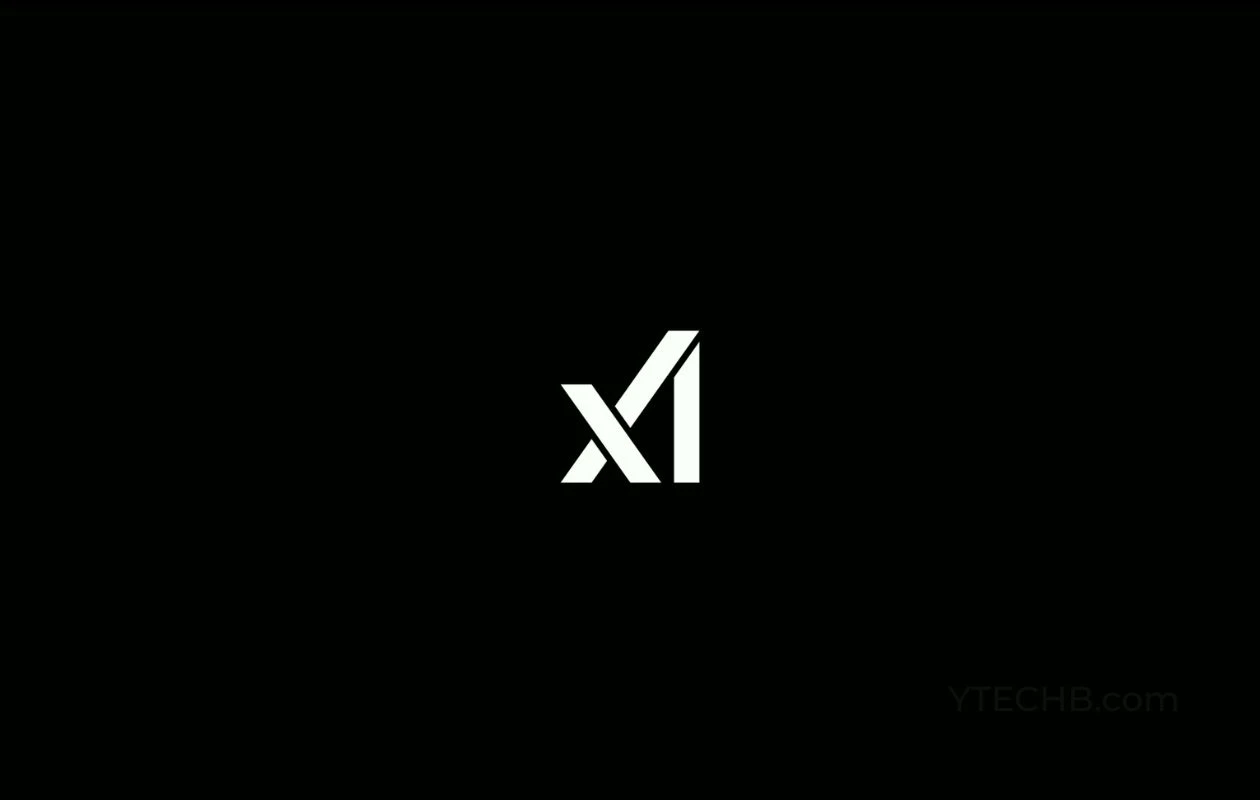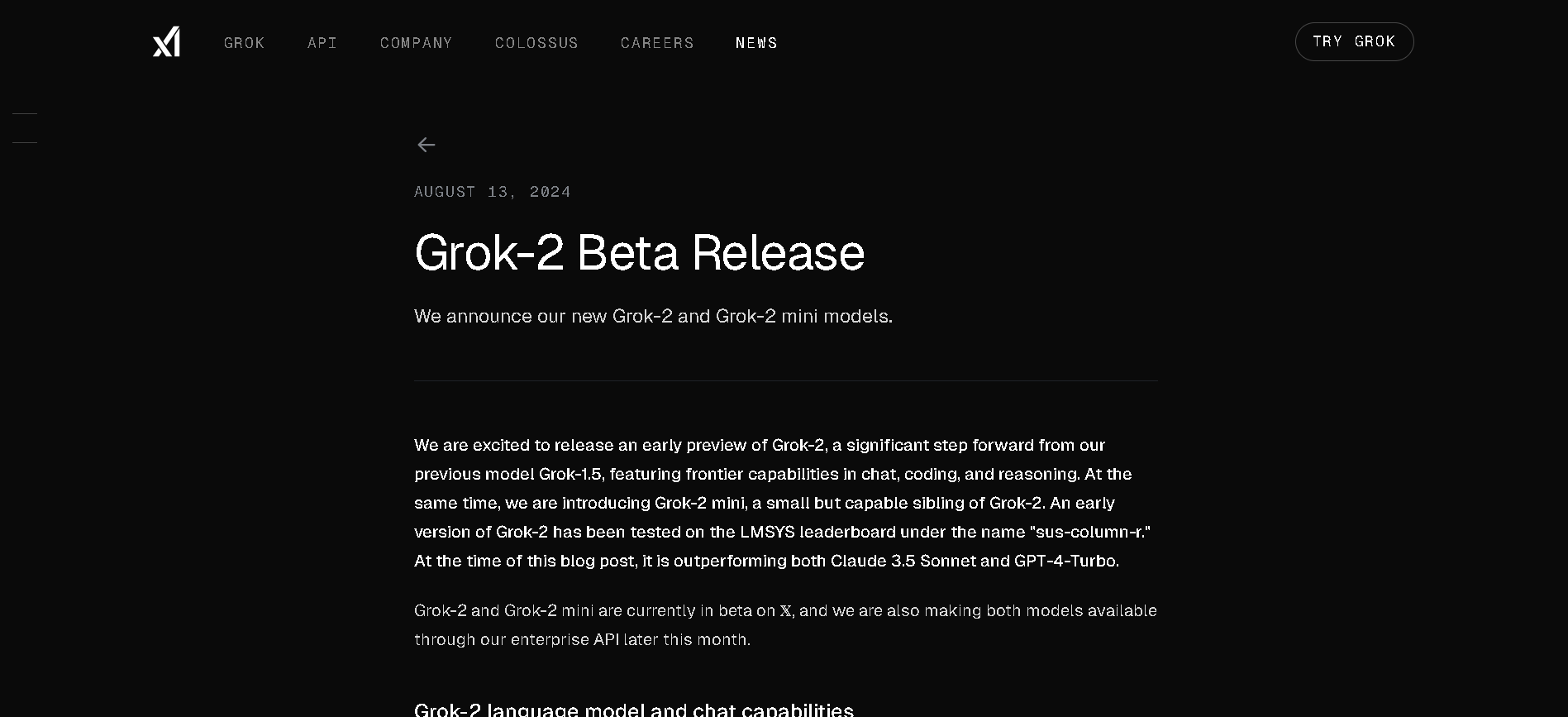
- Premium X & Premium+ Users: Access accessible image-generation features directly in Grok chat.
- Developers & Engineers: Use `grok-2-image` via xAI’s enterprise API or through SDKs like Promptfoo.
- Content Creators & Designers: Generate memes, photorealistic visuals, or adjust uploaded images—the model supports both tasks.
- Analysts & Educators: Request visual analysis or generation for graphs, education materials, or visual explanations.
- Enterprises & Automation Teams: Embed image-generation and editing capabilities into apps with full control and context.
How to Use Grok 2 Image?
- Select `grok-2-image` in API: Include `"model": "grok-2-image"` in your request body via xAI-compatible endpoints.
- Submit Image or Text Prompt: Provide a text prompt, optionally with uploaded image data to generate or edit visuals.
- Generate or Edit Images: Create photorealistic images or apply edits using Aurora—image understanding is also supported.
- Download Outputs: The response includes a `.jpg` that can be saved or processed further.
- Monitor Usage: Charged per token (pictured workflows use
2¢/input and10¢/output per million tokens), though image generation also leverages pixel-output billing.
- Dual-Mode Visual Pipeline: Handles both generation and editing within the same model endpoint.
- Photorealistic with Few Restrictions: Aurora produces detailed, lifelike visuals while maintaining minimal filtering.
- Unified Multimodal Input: Combines image and text within a single 32K-token context for creative or analytic tasks.
- High-Quality Under the Hood: Outperforms earlier models and rivals DALL·E 3/Midjourney in clarity and prompt compliance.
- Robust Developer Access: Available via enterprise API with support from platforms using OpenAI-compatible tooling.
- Generates high-quality, realistic images promptly
- Supports both generation and editing in one unified model
- Minimal content restrictions support creative freedom
- Easy to integrate via established API frameworks
- Great for creative, analytical, and enterprise use cases
- Minimal guardrails pose risks of misuse or deepfakes
- Restricted to 32K tokens—less suited for large visual documents or galleries
- Premium-tier costs may be high for heavy image production workflows
Free Tier
$ 0.00
Limited access to DeepSearch
Limited access to DeeperSearch
Super Grok
$30/month
More Aurora Images - 100 Images / 2h
Even Better Memory - 128K Context Window
Extended access to Thinking - 30 Queries / 2h
Extended access to DeepSearch - 30 Queries / 2h
Extended access to DeeperSearch - 10 Queries / 2h
Per Image
$0.07 per image
Proud of the love you're getting? Show off your AI Toolbook reviews—then invite more fans to share the love and build your credibility.
Add an AI Toolbook badge to your site—an easy way to drive followers, showcase updates, and collect reviews. It's like a mini 24/7 billboard for your AI.
Reviews
Rating Distribution
Average score
Popular Mention
FAQs
Similar AI Tools


OpenAI GPT-4o mini
GPT-4o Mini is a lighter, faster, and more affordable version of GPT-4o. It offers strong performance at a lower cost, making it ideal for applications requiring efficiency and speed over raw power.


OpenAI GPT-4o mini
GPT-4o Mini is a lighter, faster, and more affordable version of GPT-4o. It offers strong performance at a lower cost, making it ideal for applications requiring efficiency and speed over raw power.


OpenAI GPT-4o mini
GPT-4o Mini is a lighter, faster, and more affordable version of GPT-4o. It offers strong performance at a lower cost, making it ideal for applications requiring efficiency and speed over raw power.
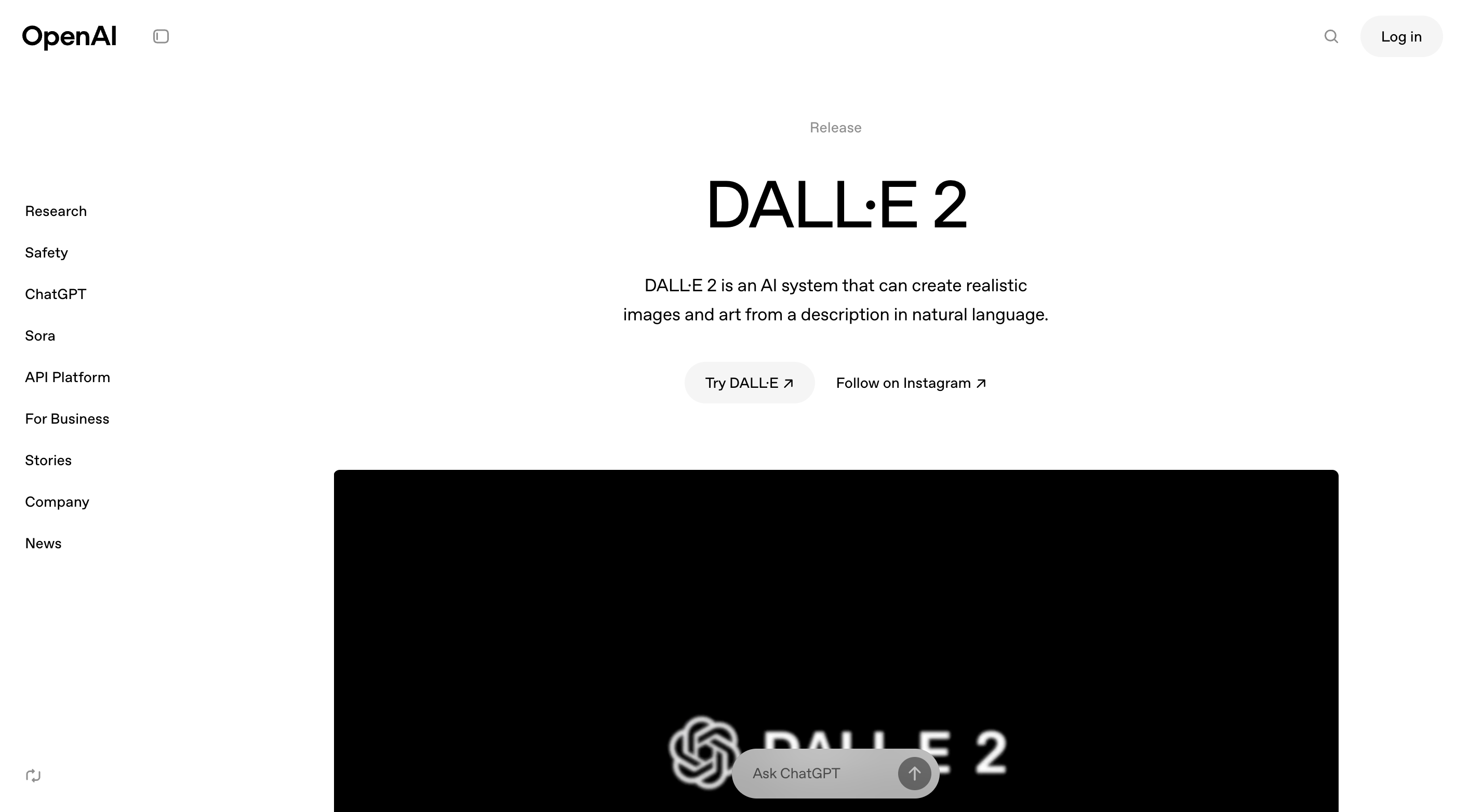

OpenAI Dall-E 2
DALL·E 2 is an AI model developed by OpenAI that generates images from text descriptions (prompts). It improves upon its predecessor, DALL·E 1, by producing higher-resolution, more realistic, and creative images based on user input. The model can also edit existing images, expand images beyond their original borders (inpainting), and create artistic interpretations of text descriptions. ❗ Note: OpenAI has phased out DALL·E 2 in favor of DALL·E 3, which offers more advanced image generation.


OpenAI Dall-E 2
DALL·E 2 is an AI model developed by OpenAI that generates images from text descriptions (prompts). It improves upon its predecessor, DALL·E 1, by producing higher-resolution, more realistic, and creative images based on user input. The model can also edit existing images, expand images beyond their original borders (inpainting), and create artistic interpretations of text descriptions. ❗ Note: OpenAI has phased out DALL·E 2 in favor of DALL·E 3, which offers more advanced image generation.


OpenAI Dall-E 2
DALL·E 2 is an AI model developed by OpenAI that generates images from text descriptions (prompts). It improves upon its predecessor, DALL·E 1, by producing higher-resolution, more realistic, and creative images based on user input. The model can also edit existing images, expand images beyond their original borders (inpainting), and create artistic interpretations of text descriptions. ❗ Note: OpenAI has phased out DALL·E 2 in favor of DALL·E 3, which offers more advanced image generation.

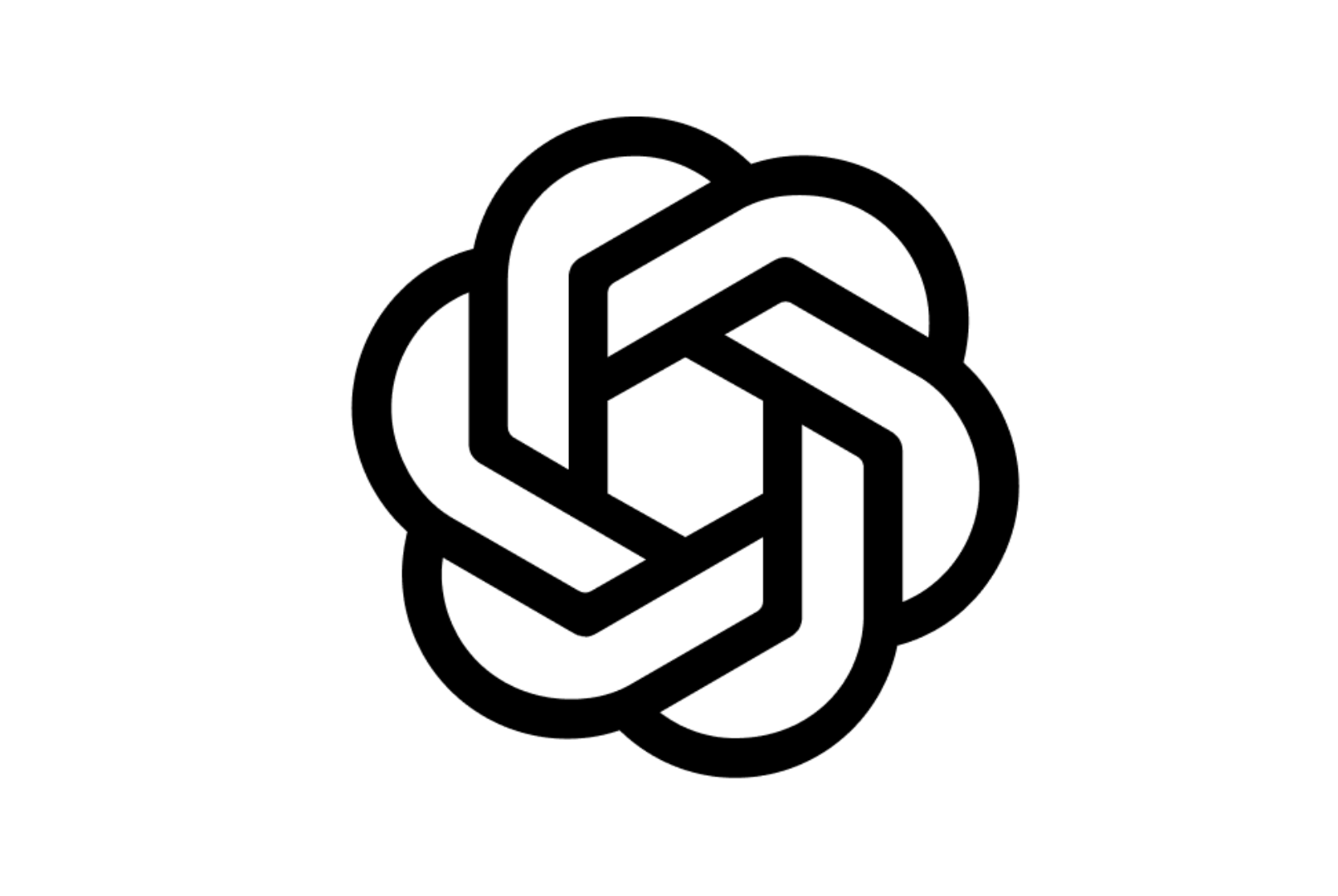
OpenAI GPT Image 1
GPT-Image-1 is OpenAI's state-of-the-art vision model designed to understand and interpret images with human-like perception. It enables developers and businesses to analyze, summarize, and extract detailed insights from images using natural language. Whether you're building AI agents, accessibility tools, or image-driven workflows, GPT-Image-1 brings powerful multimodal capabilities into your applications with impressive accuracy. Optimized for use via API, it can handle diverse image types—charts, screenshots, photographs, documents, and more—making it one of the most versatile models in OpenAI’s portfolio.


OpenAI GPT Image 1
GPT-Image-1 is OpenAI's state-of-the-art vision model designed to understand and interpret images with human-like perception. It enables developers and businesses to analyze, summarize, and extract detailed insights from images using natural language. Whether you're building AI agents, accessibility tools, or image-driven workflows, GPT-Image-1 brings powerful multimodal capabilities into your applications with impressive accuracy. Optimized for use via API, it can handle diverse image types—charts, screenshots, photographs, documents, and more—making it one of the most versatile models in OpenAI’s portfolio.


OpenAI GPT Image 1
GPT-Image-1 is OpenAI's state-of-the-art vision model designed to understand and interpret images with human-like perception. It enables developers and businesses to analyze, summarize, and extract detailed insights from images using natural language. Whether you're building AI agents, accessibility tools, or image-driven workflows, GPT-Image-1 brings powerful multimodal capabilities into your applications with impressive accuracy. Optimized for use via API, it can handle diverse image types—charts, screenshots, photographs, documents, and more—making it one of the most versatile models in OpenAI’s portfolio.
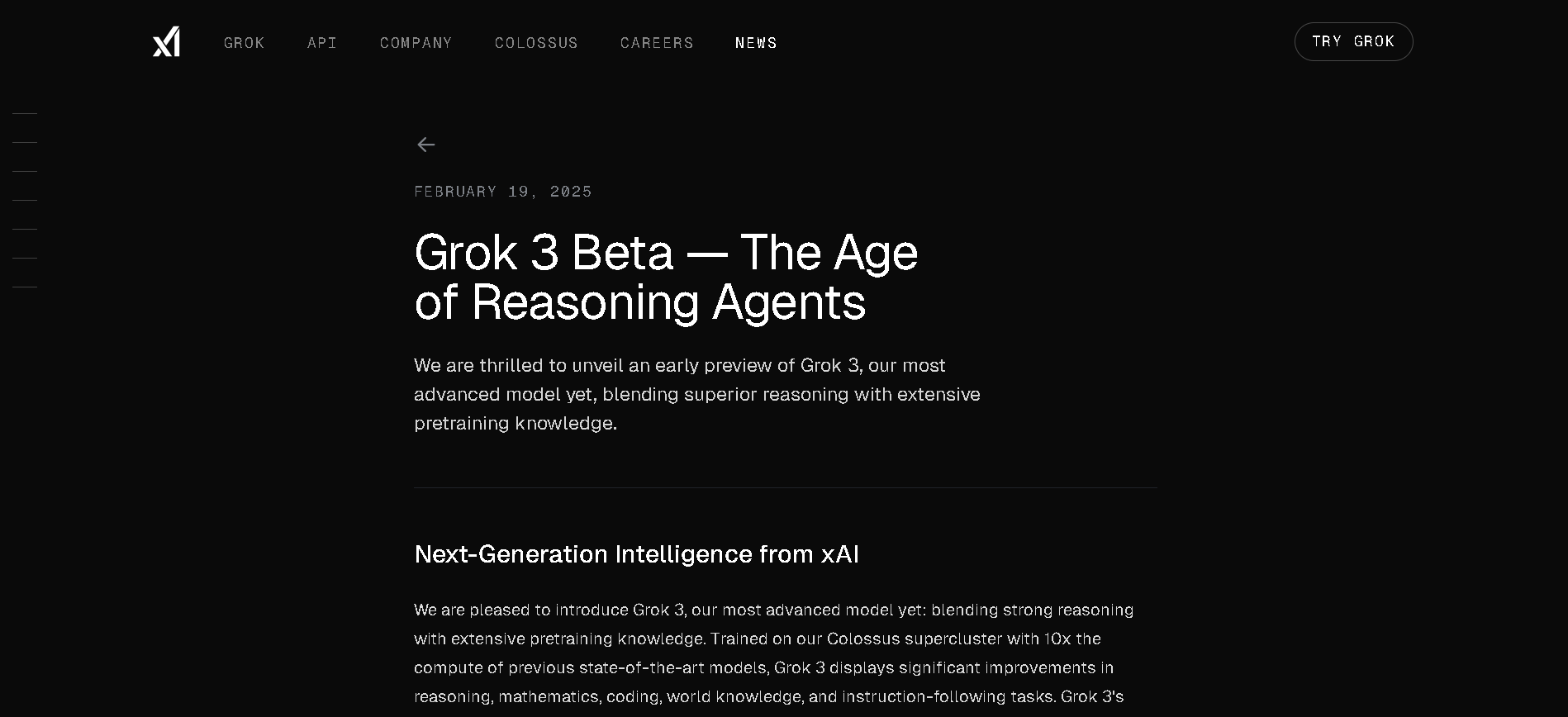
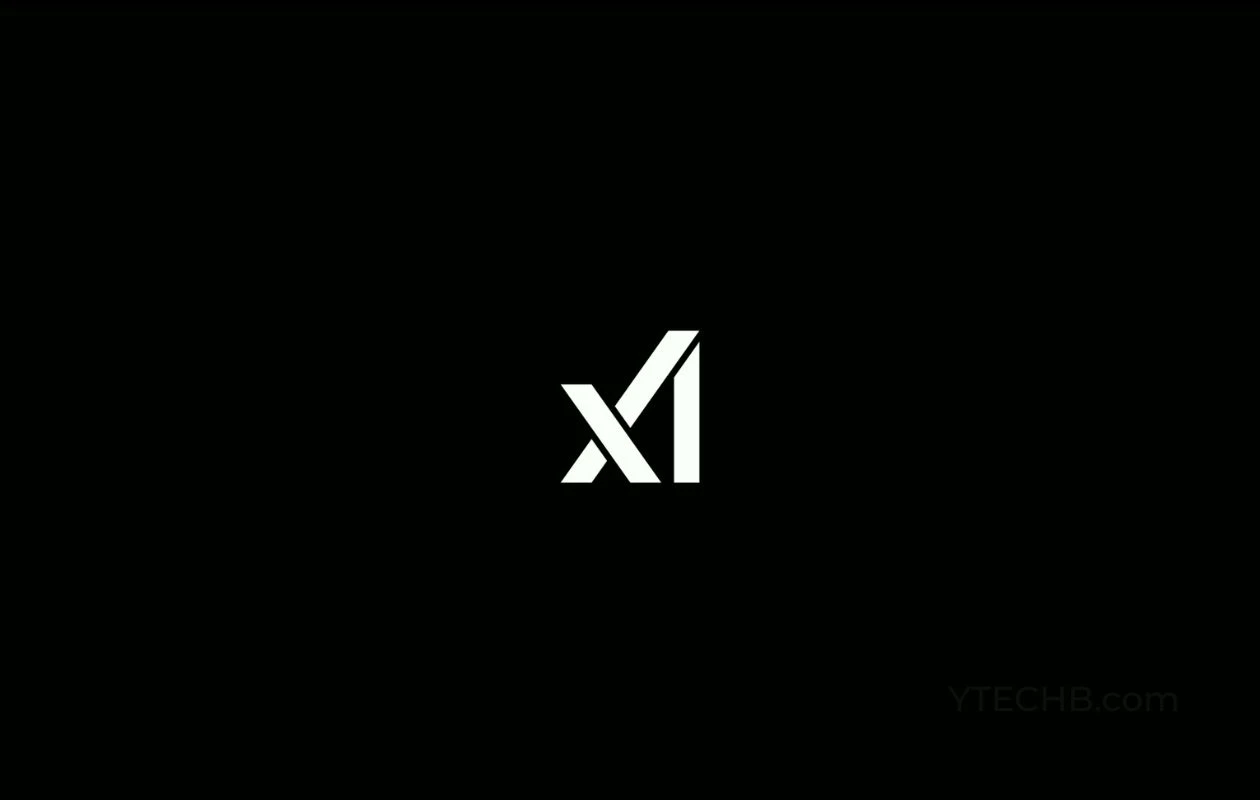
grok-3-fast
Grok 3 Fast is xAI’s low-latency variant of their flagship Grok 3 model. It delivers identical output quality but responds faster by leveraging optimized serving infrastructure—ideal for real-time, speed-sensitive applications. It inherits the same multimodal, reasoning, and chain-of-thought capabilities as Grok 3, with a large context window of ~131K tokens.


grok-3-fast
Grok 3 Fast is xAI’s low-latency variant of their flagship Grok 3 model. It delivers identical output quality but responds faster by leveraging optimized serving infrastructure—ideal for real-time, speed-sensitive applications. It inherits the same multimodal, reasoning, and chain-of-thought capabilities as Grok 3, with a large context window of ~131K tokens.


grok-3-fast
Grok 3 Fast is xAI’s low-latency variant of their flagship Grok 3 model. It delivers identical output quality but responds faster by leveraging optimized serving infrastructure—ideal for real-time, speed-sensitive applications. It inherits the same multimodal, reasoning, and chain-of-thought capabilities as Grok 3, with a large context window of ~131K tokens.
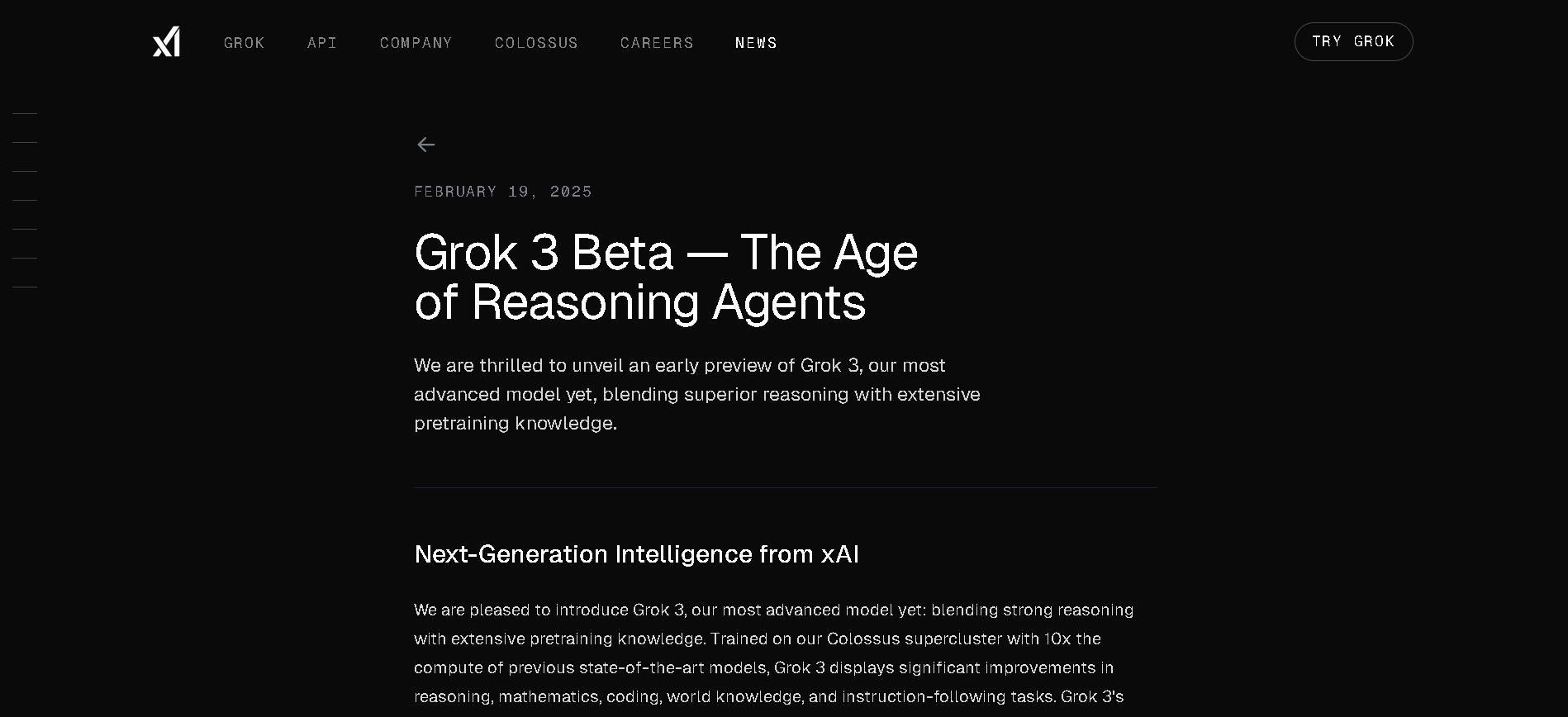
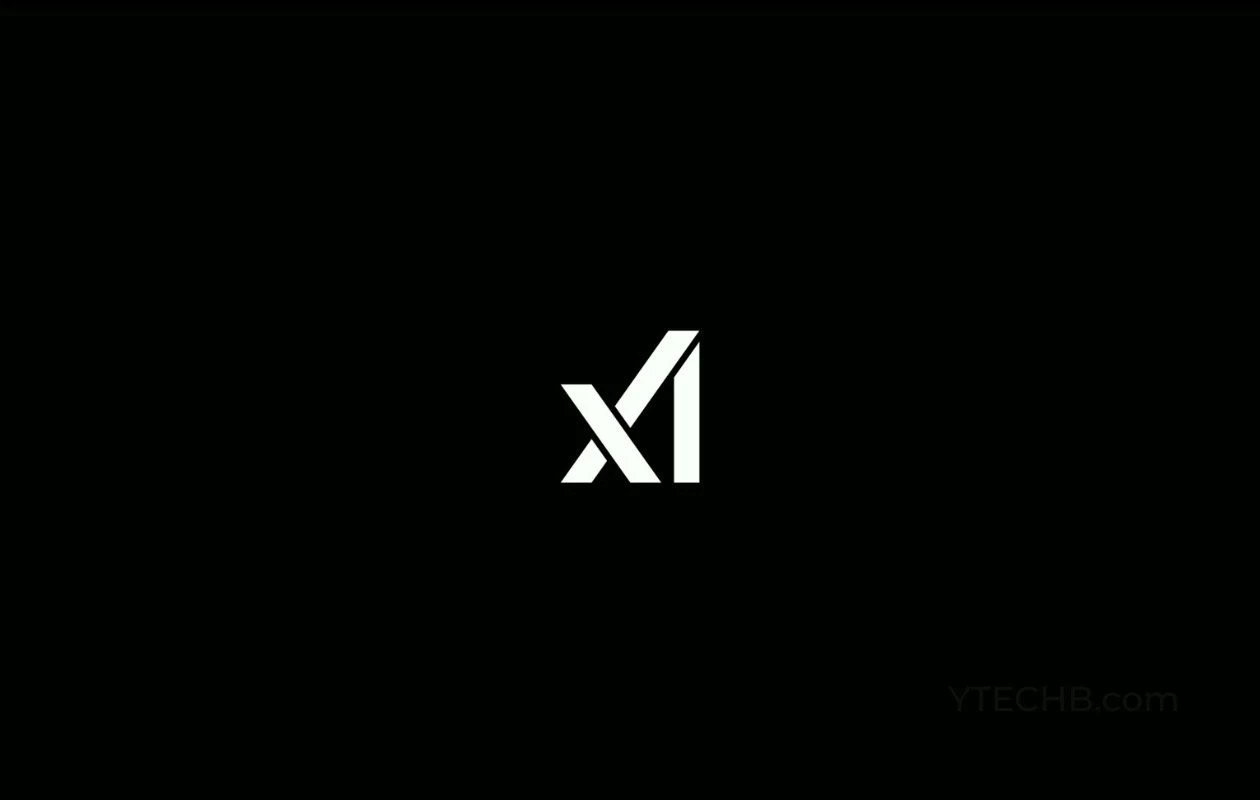
grok-3-fast-latest
Grok 3 Fast is xAI’s speed-optimized variant of their flagship Grok 3 model, offering identical output quality with lower latency. It leverages the same underlying architecture—including multimodal input, chain-of-thought reasoning, and large context—but serves through optimized infrastructure for real-time responsiveness. It supports up to 131,072 tokens of context.


grok-3-fast-latest
Grok 3 Fast is xAI’s speed-optimized variant of their flagship Grok 3 model, offering identical output quality with lower latency. It leverages the same underlying architecture—including multimodal input, chain-of-thought reasoning, and large context—but serves through optimized infrastructure for real-time responsiveness. It supports up to 131,072 tokens of context.


grok-3-fast-latest
Grok 3 Fast is xAI’s speed-optimized variant of their flagship Grok 3 model, offering identical output quality with lower latency. It leverages the same underlying architecture—including multimodal input, chain-of-thought reasoning, and large context—but serves through optimized infrastructure for real-time responsiveness. It supports up to 131,072 tokens of context.
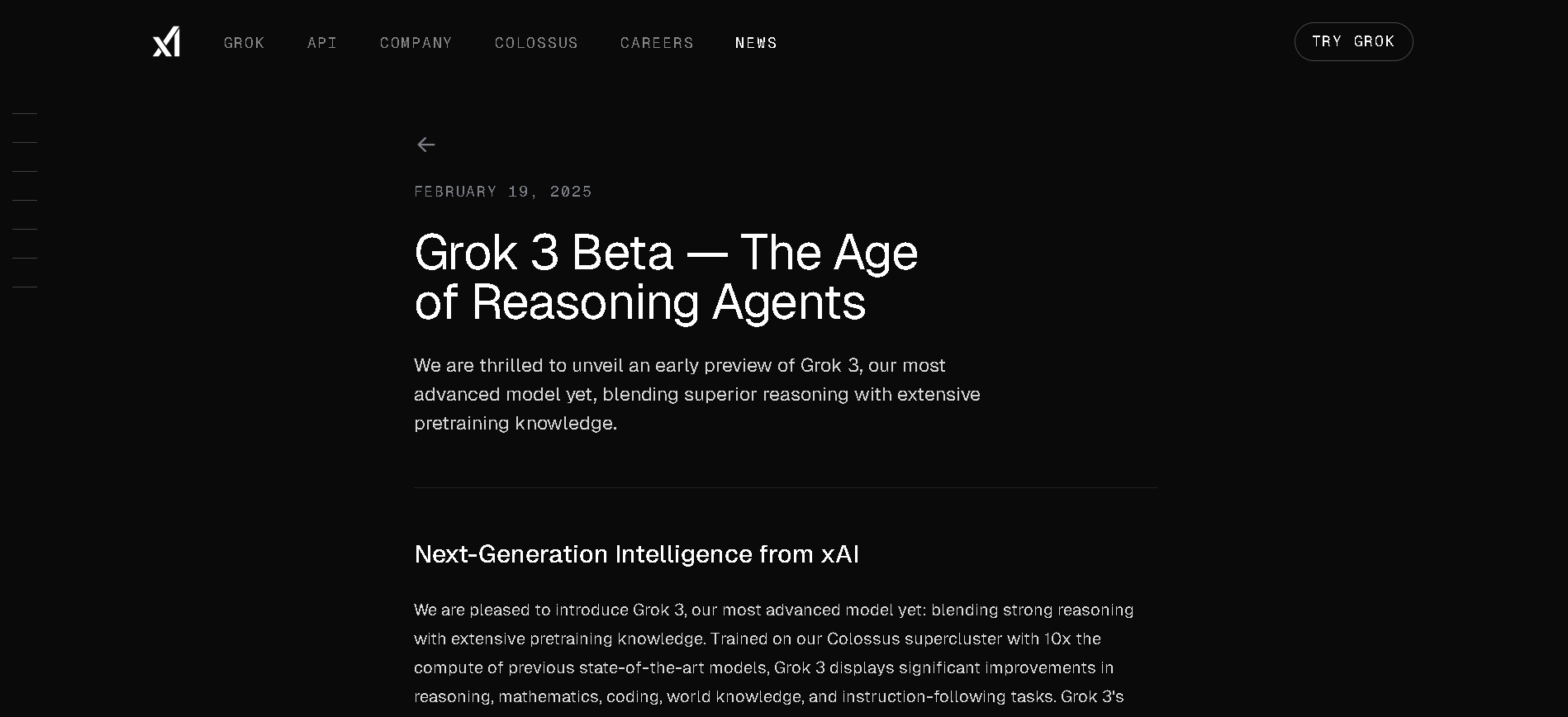
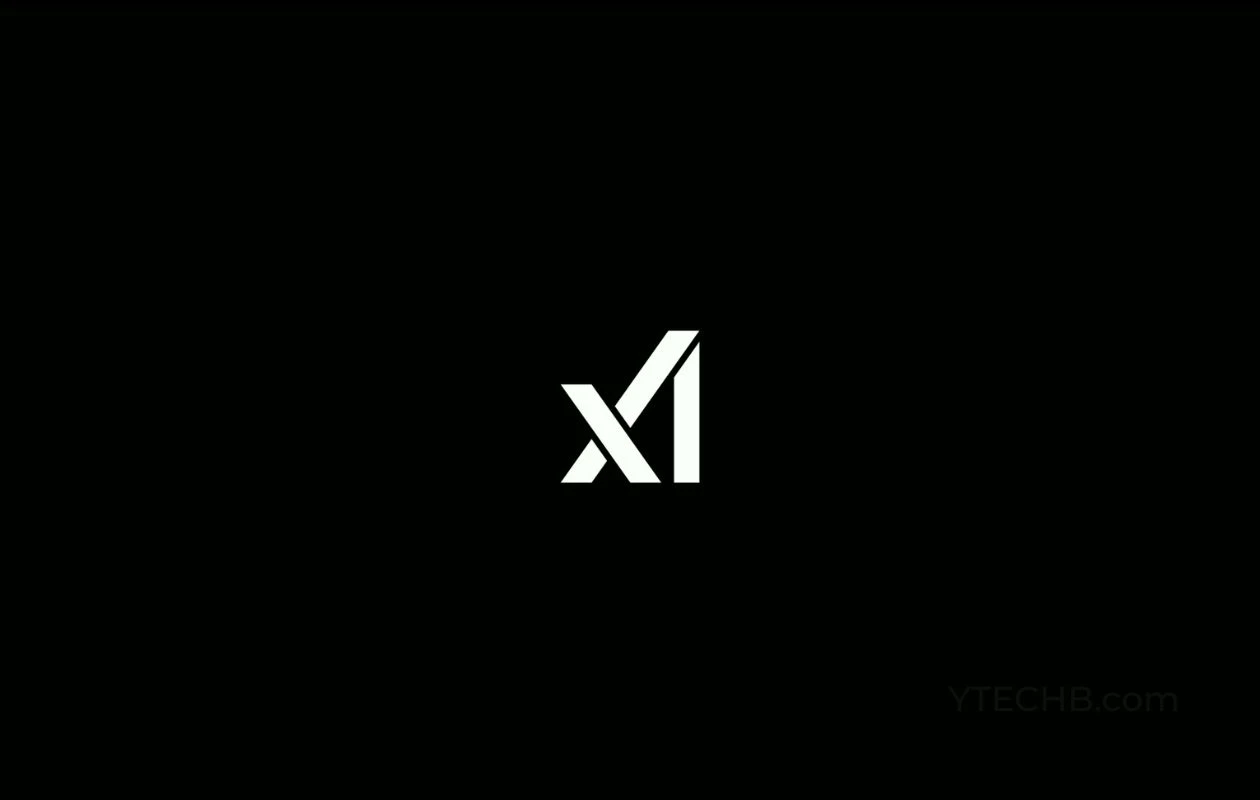
Grok 3 Mini
Grok 3 Mini is xAI’s compact, cost-efficient reasoning variant of the flagship Grok 3 model. Released alongside Grok 3 in February 2025, it offers many of the same advanced reasoning capabilities—like chain-of-thought “Think” mode and multimodal support—with lower compute and faster responses. It's ideal for logic-heavy tasks that don't require the depth of the full version.


Grok 3 Mini
Grok 3 Mini is xAI’s compact, cost-efficient reasoning variant of the flagship Grok 3 model. Released alongside Grok 3 in February 2025, it offers many of the same advanced reasoning capabilities—like chain-of-thought “Think” mode and multimodal support—with lower compute and faster responses. It's ideal for logic-heavy tasks that don't require the depth of the full version.


Grok 3 Mini
Grok 3 Mini is xAI’s compact, cost-efficient reasoning variant of the flagship Grok 3 model. Released alongside Grok 3 in February 2025, it offers many of the same advanced reasoning capabilities—like chain-of-thought “Think” mode and multimodal support—with lower compute and faster responses. It's ideal for logic-heavy tasks that don't require the depth of the full version.
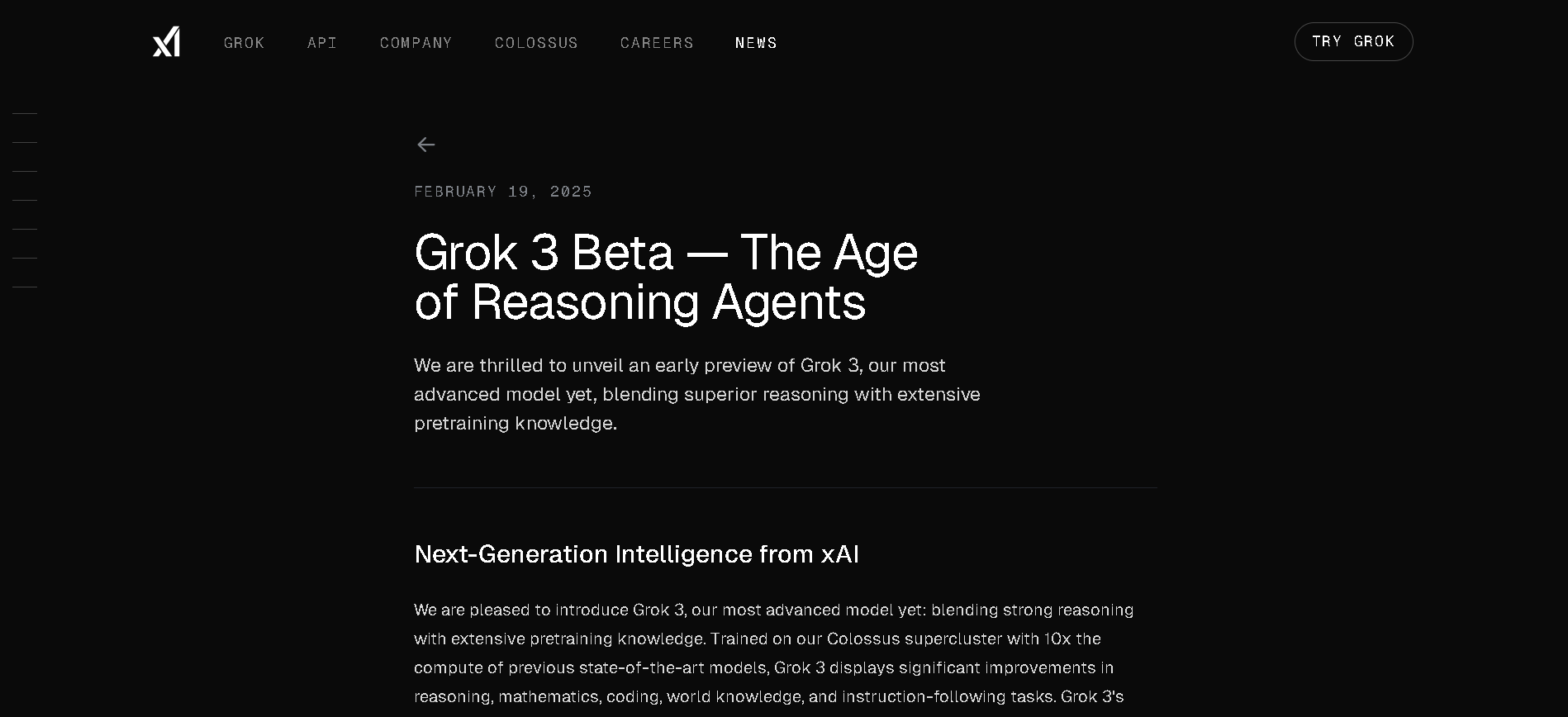
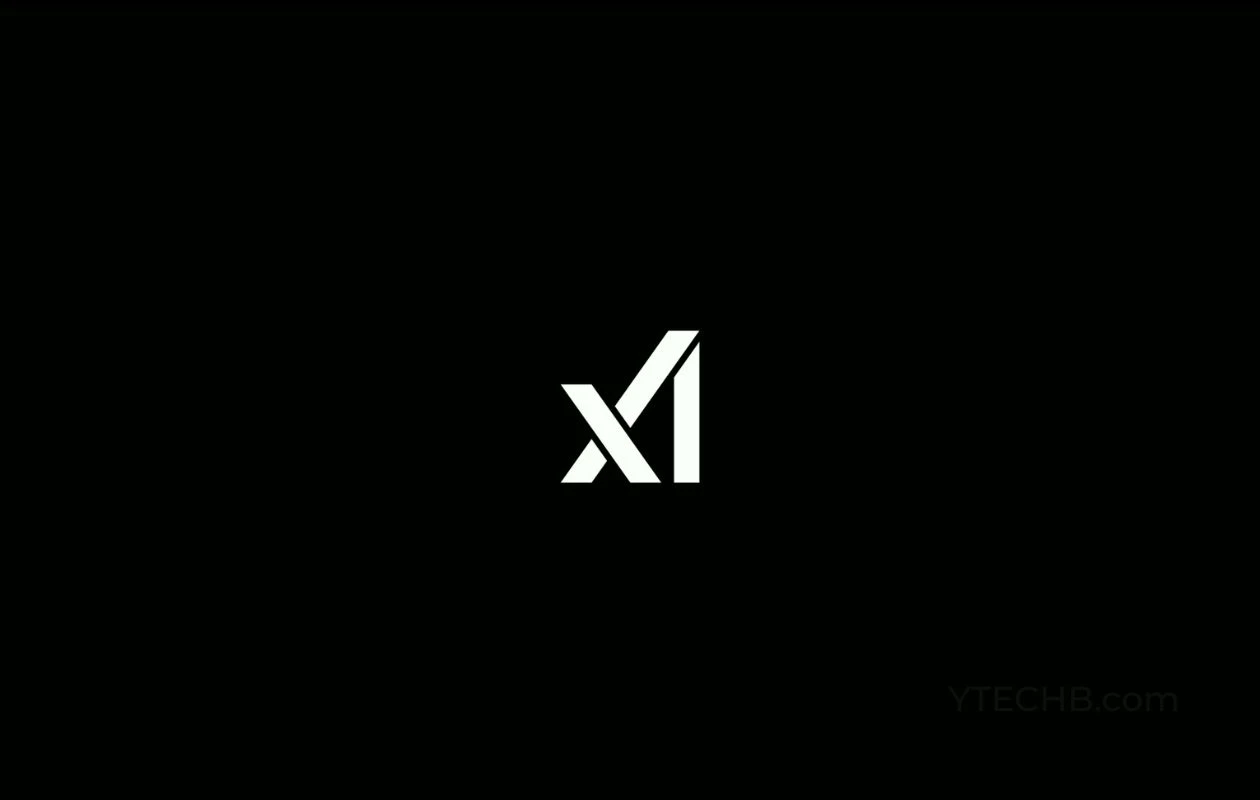
grok-3-mini-latest
Grok 3 Mini is xAI’s compact, reasoning-focused variant of the Grok 3 series. Released in February 2025 alongside the flagship model, it's optimized for cost-effective, transparent chain-of-thought reasoning via "Think" mode, with full multimodal input and access to xAI’s Colossus-trained capabilities. The latest version supports live preview on Azure AI Foundry and GitHub Models—combining speed, affordability, and logic traversal in real-time workflows.


grok-3-mini-latest
Grok 3 Mini is xAI’s compact, reasoning-focused variant of the Grok 3 series. Released in February 2025 alongside the flagship model, it's optimized for cost-effective, transparent chain-of-thought reasoning via "Think" mode, with full multimodal input and access to xAI’s Colossus-trained capabilities. The latest version supports live preview on Azure AI Foundry and GitHub Models—combining speed, affordability, and logic traversal in real-time workflows.


grok-3-mini-latest
Grok 3 Mini is xAI’s compact, reasoning-focused variant of the Grok 3 series. Released in February 2025 alongside the flagship model, it's optimized for cost-effective, transparent chain-of-thought reasoning via "Think" mode, with full multimodal input and access to xAI’s Colossus-trained capabilities. The latest version supports live preview on Azure AI Foundry and GitHub Models—combining speed, affordability, and logic traversal in real-time workflows.
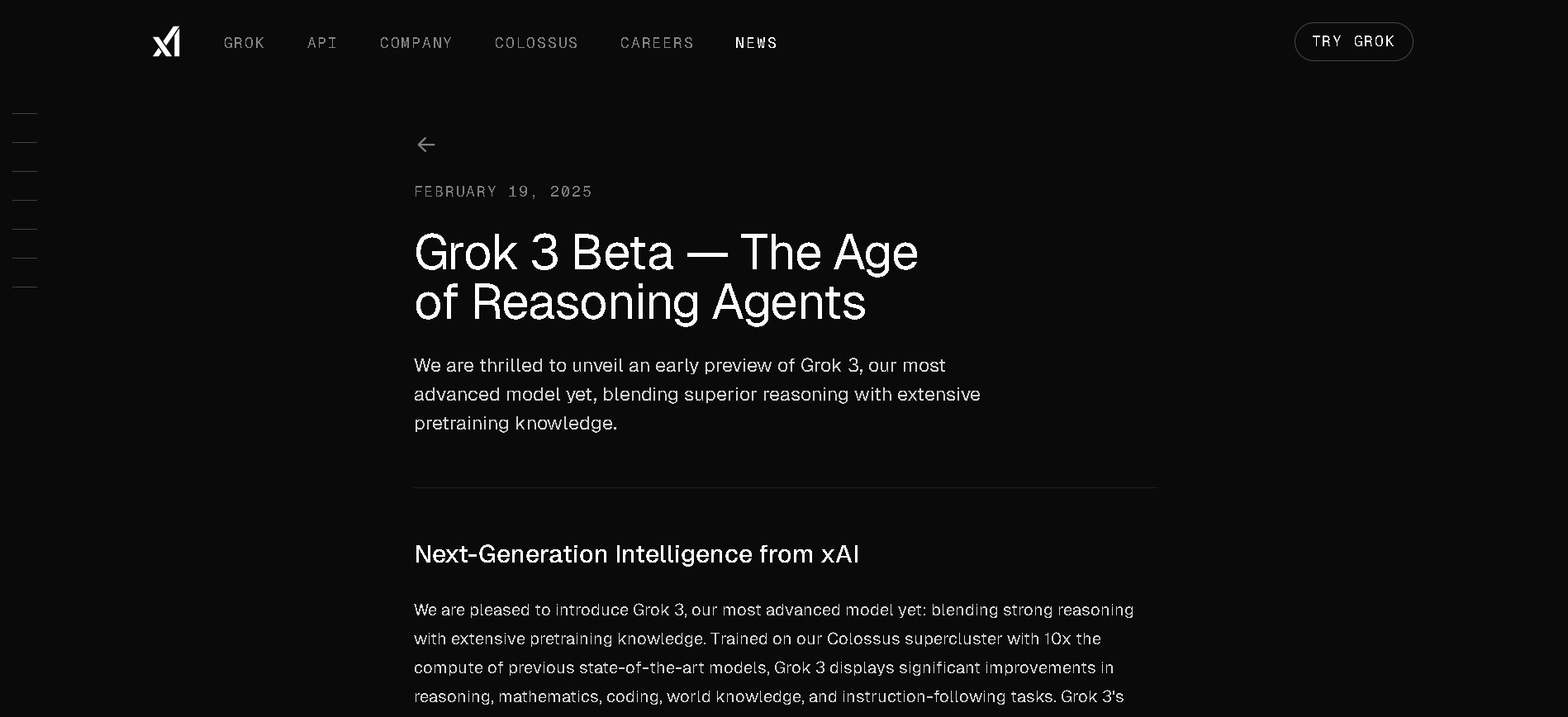
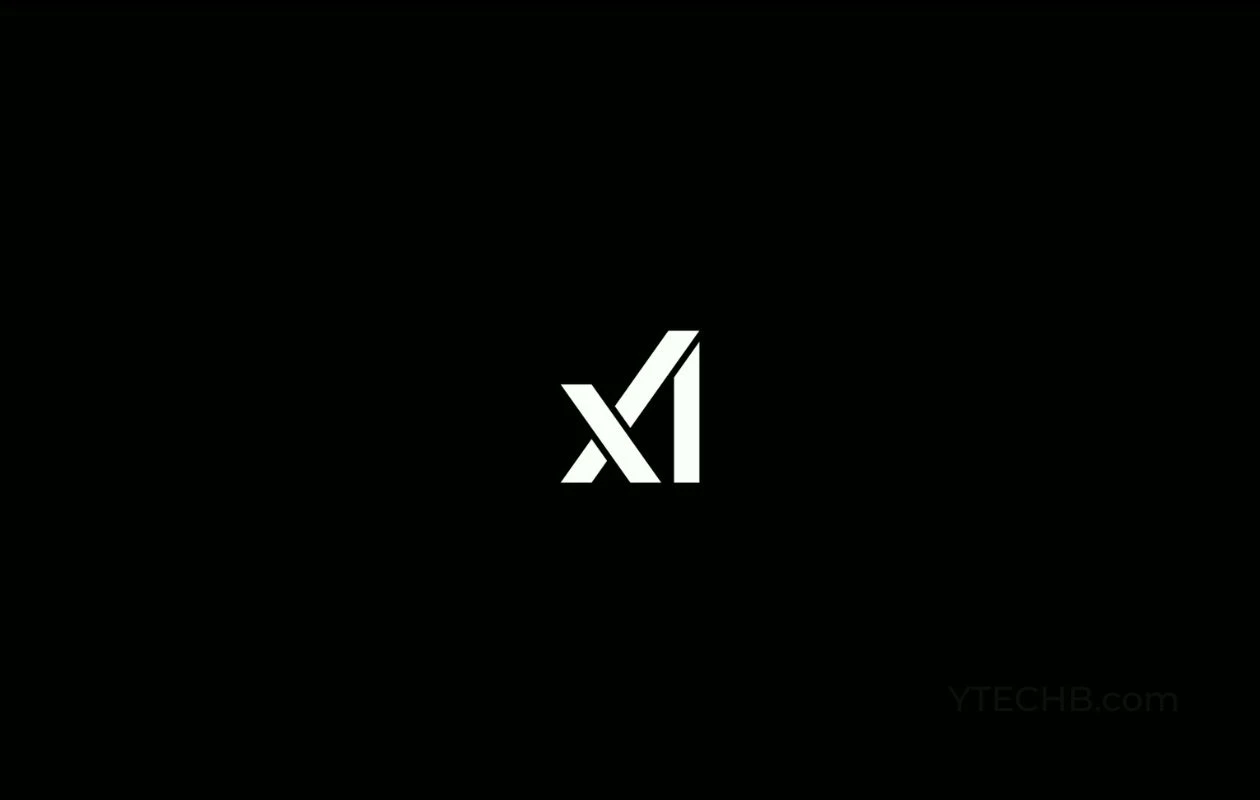
grok-3-mini-fast
Grok 3 Mini Fast is the low-latency, high-performance version of xAI’s Grok 3 Mini model. Released in beta around May 2025, it offers the same visible chain-of-thought reasoning as Grok 3 Mini but delivers responses significantly faster, powered by optimized infrastructure. It supports up to 131,072 tokens of context.


grok-3-mini-fast
Grok 3 Mini Fast is the low-latency, high-performance version of xAI’s Grok 3 Mini model. Released in beta around May 2025, it offers the same visible chain-of-thought reasoning as Grok 3 Mini but delivers responses significantly faster, powered by optimized infrastructure. It supports up to 131,072 tokens of context.


grok-3-mini-fast
Grok 3 Mini Fast is the low-latency, high-performance version of xAI’s Grok 3 Mini model. Released in beta around May 2025, it offers the same visible chain-of-thought reasoning as Grok 3 Mini but delivers responses significantly faster, powered by optimized infrastructure. It supports up to 131,072 tokens of context.
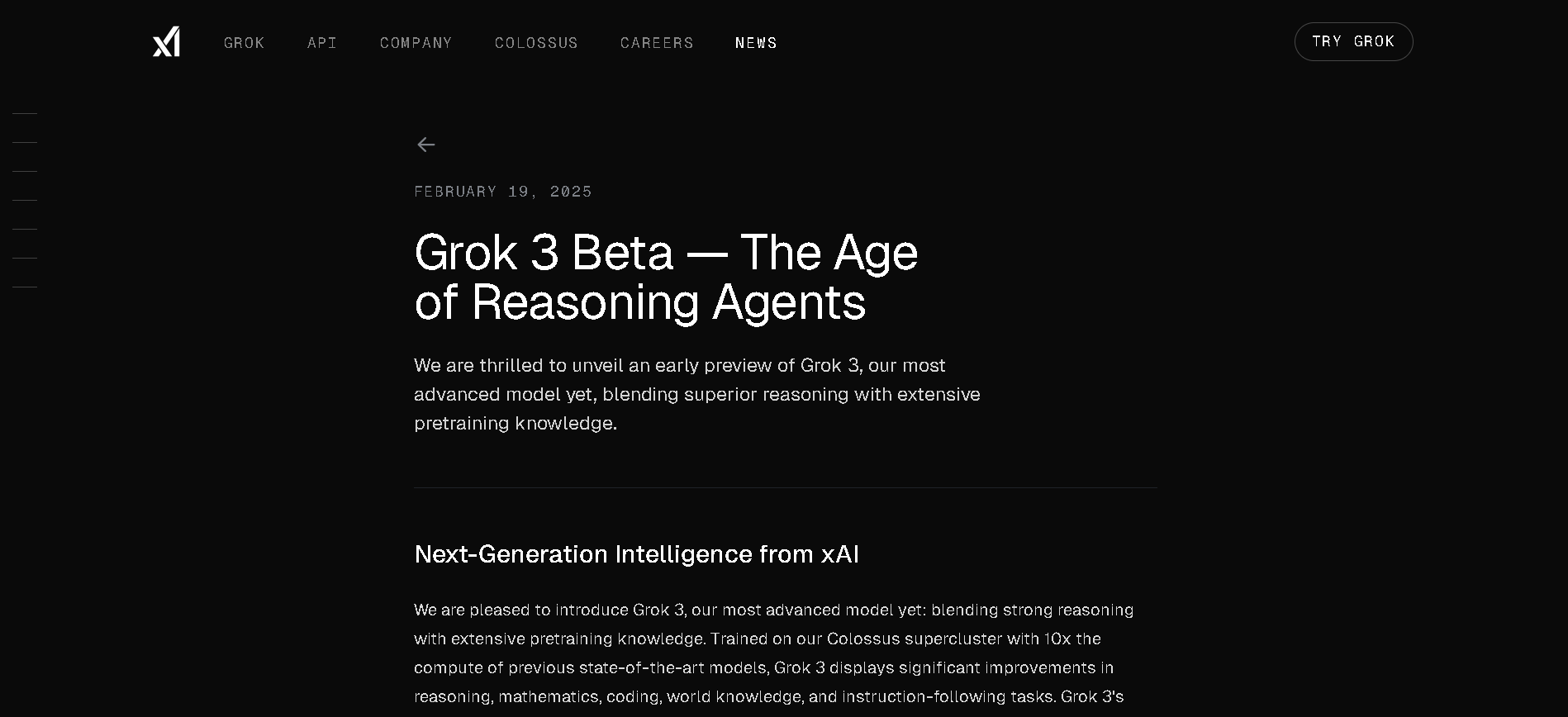
Grok 3 Mini Fast is xAI’s most recent, low-latency variant of the compact Grok 3 Mini model. It maintains full chain-of-thought “Think” reasoning and multimodal support while delivering faster response times. The model handles up to 131,072 tokens of context and is now widely accessible in beta via xAI API and select cloud platforms.

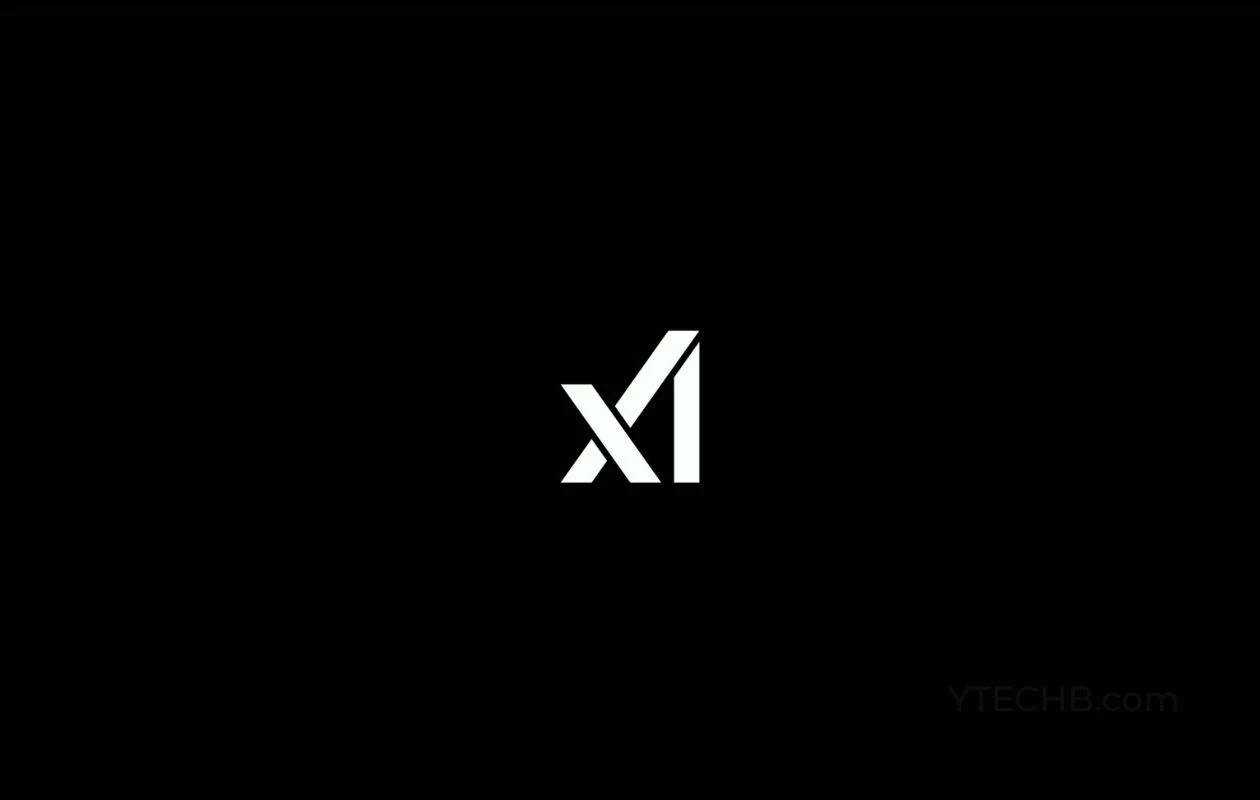
grok-3-mini-fast-l..
Grok 3 Mini Fast is xAI’s most recent, low-latency variant of the compact Grok 3 Mini model. It maintains full chain-of-thought “Think” reasoning and multimodal support while delivering faster response times. The model handles up to 131,072 tokens of context and is now widely accessible in beta via xAI API and select cloud platforms.


grok-3-mini-fast-l..
Grok 3 Mini Fast is xAI’s most recent, low-latency variant of the compact Grok 3 Mini model. It maintains full chain-of-thought “Think” reasoning and multimodal support while delivering faster response times. The model handles up to 131,072 tokens of context and is now widely accessible in beta via xAI API and select cloud platforms.
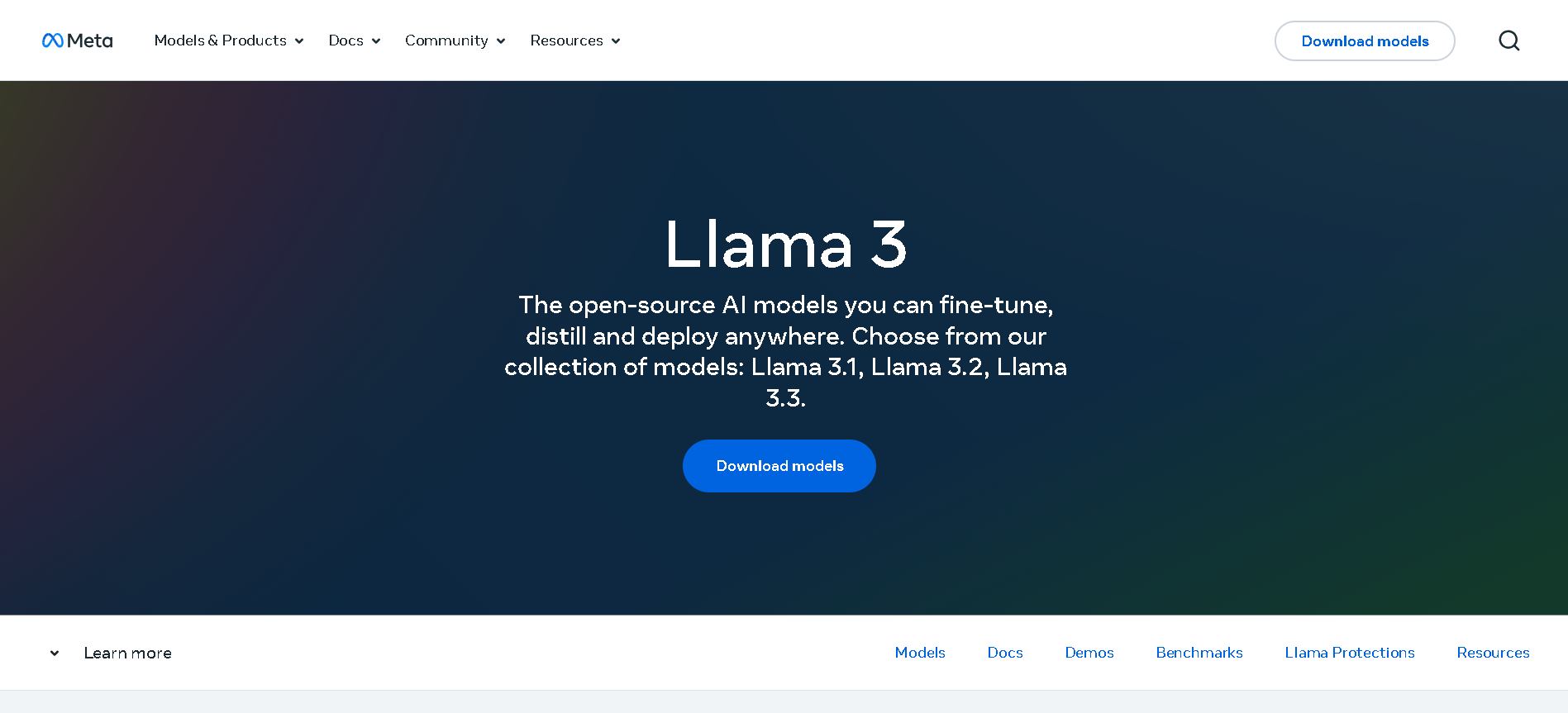
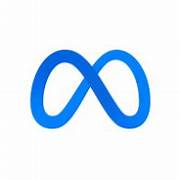
Meta Llama 3.2
Llama 3.2 is Meta’s multimodal and lightweight update to its Llama 3 line, released on September 25, 2024. The family includes 1B and 3B text-only models optimized for edge devices, as well as 11B and 90B Vision models capable of image understanding. It offers a 128K-token context window, Grouped-Query Attention for efficient inference, and opens up on-device, private AI with strong multilingual (e.g. Hindi, Spanish) support.


Meta Llama 3.2
Llama 3.2 is Meta’s multimodal and lightweight update to its Llama 3 line, released on September 25, 2024. The family includes 1B and 3B text-only models optimized for edge devices, as well as 11B and 90B Vision models capable of image understanding. It offers a 128K-token context window, Grouped-Query Attention for efficient inference, and opens up on-device, private AI with strong multilingual (e.g. Hindi, Spanish) support.


Meta Llama 3.2
Llama 3.2 is Meta’s multimodal and lightweight update to its Llama 3 line, released on September 25, 2024. The family includes 1B and 3B text-only models optimized for edge devices, as well as 11B and 90B Vision models capable of image understanding. It offers a 128K-token context window, Grouped-Query Attention for efficient inference, and opens up on-device, private AI with strong multilingual (e.g. Hindi, Spanish) support.
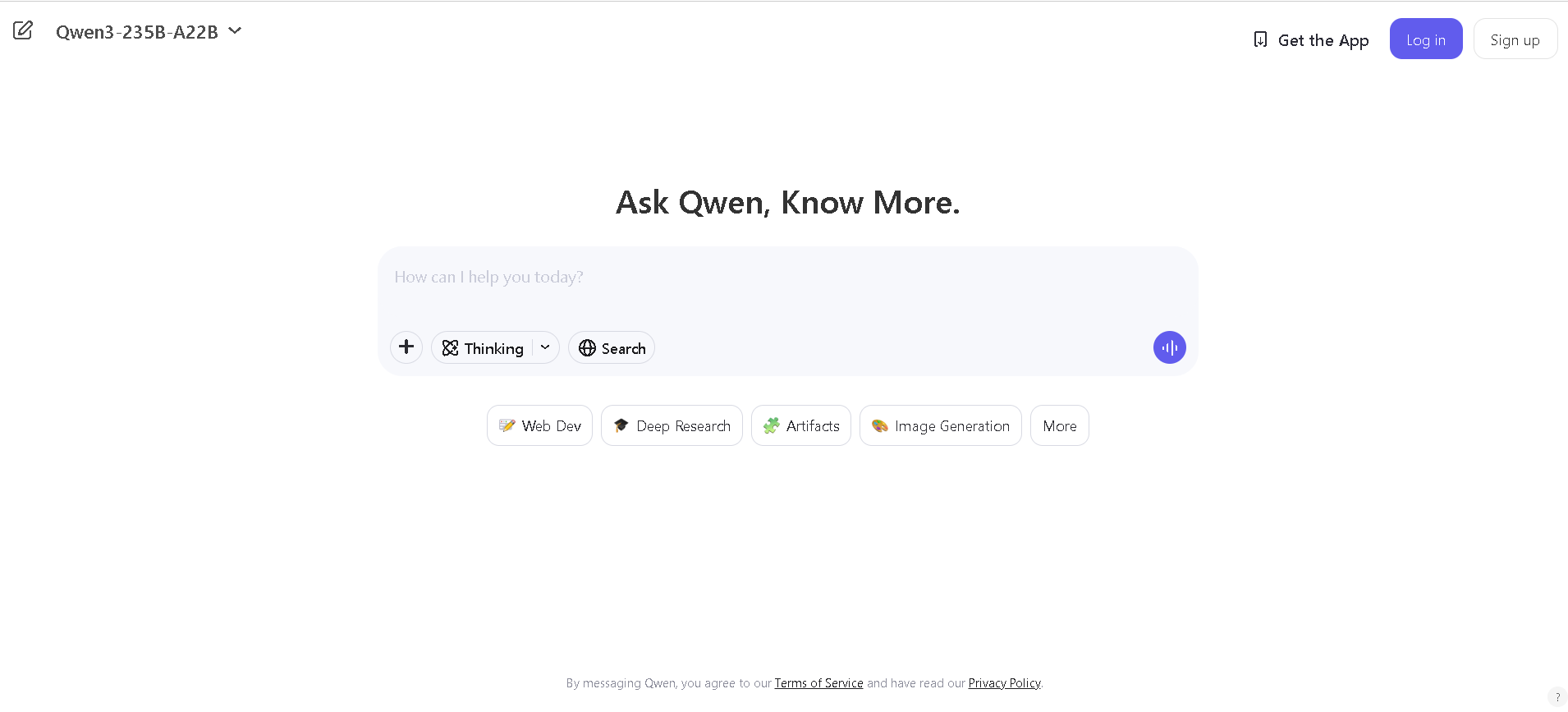
Qwen Chat
Qwen Chat is Alibaba Cloud’s conversational AI assistant built on the Qwen series (e.g., Qwen‑7B‑Chat, Qwen1.5‑7B‑Chat, Qwen‑VL, Qwen‑Audio, and Qwen2.5‑Omni). It supports text, vision, audio, and video understanding, plus image and document processing, web search integration, and image generation—all through a unified chat interface.

Qwen Chat
Qwen Chat is Alibaba Cloud’s conversational AI assistant built on the Qwen series (e.g., Qwen‑7B‑Chat, Qwen1.5‑7B‑Chat, Qwen‑VL, Qwen‑Audio, and Qwen2.5‑Omni). It supports text, vision, audio, and video understanding, plus image and document processing, web search integration, and image generation—all through a unified chat interface.

Qwen Chat
Qwen Chat is Alibaba Cloud’s conversational AI assistant built on the Qwen series (e.g., Qwen‑7B‑Chat, Qwen1.5‑7B‑Chat, Qwen‑VL, Qwen‑Audio, and Qwen2.5‑Omni). It supports text, vision, audio, and video understanding, plus image and document processing, web search integration, and image generation—all through a unified chat interface.
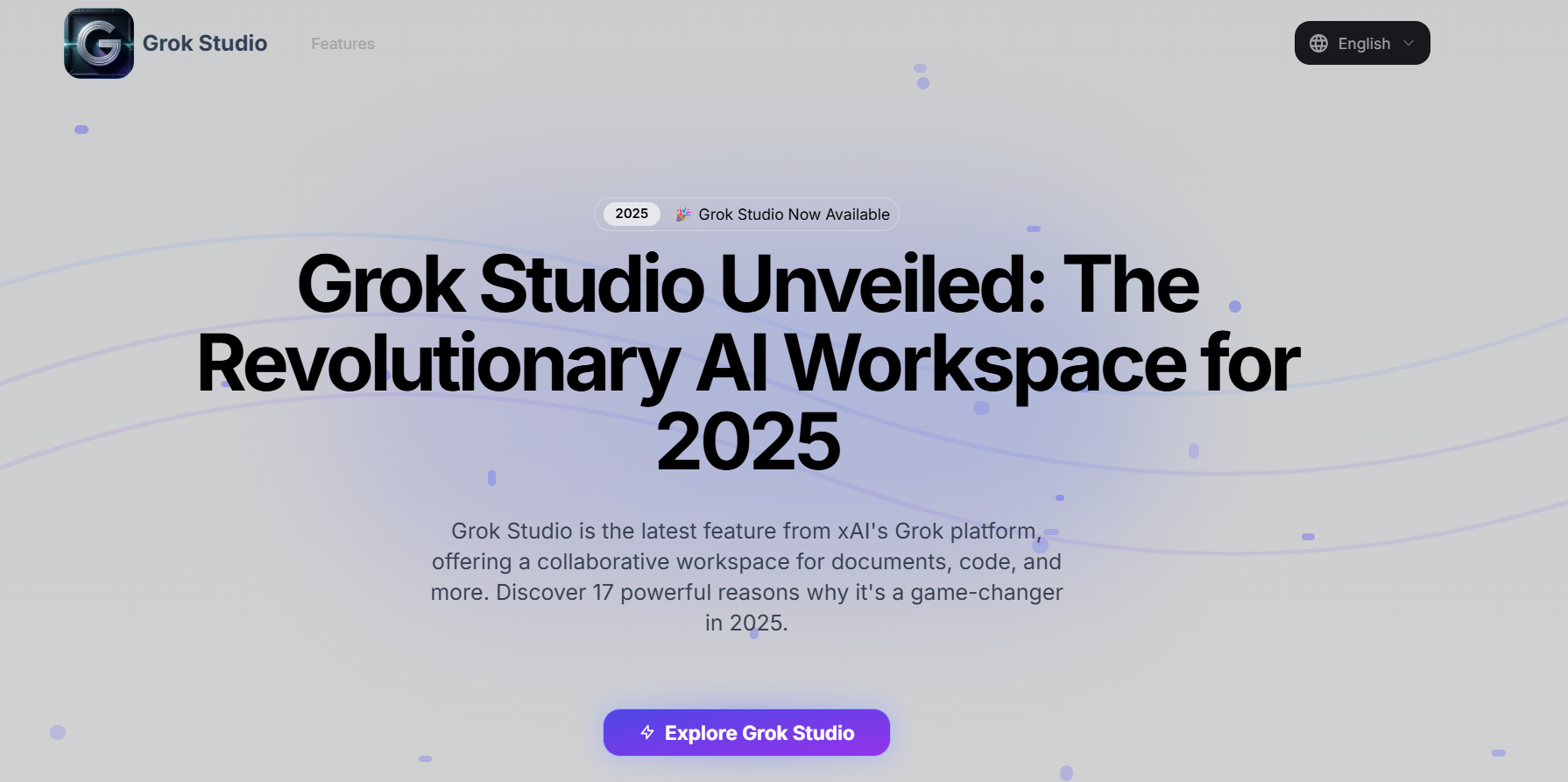

Grok Studio
Grok Studio is a split-screen, AI-assisted collaborative workspace from xAI, designed to elevate productivity with seamless real-time editing across documents, code, data reports, and even browser-based games. Embedded in the Grok AI platform, it transforms traditional chat-like interactions into an interactive creation environment. The right-hand pane displays your content—be it code, docs, or visual snippets—while the left-hand pane hosts Grok AI, offering suggestions, edits, or executing code live. Users can import files directly from Google Drive, supporting Docs, Sheets, and Slides, and write or run code in languages such as Python, JavaScript, TypeScript, C++, and Bash in an instant preview workflow. Released in April 2025, Grok Studio is accessible to both free and premium users, breaking ground in AI-assisted collaboration by integrating content generation, coding, and creative prototyping into one unified interface.


Grok Studio
Grok Studio is a split-screen, AI-assisted collaborative workspace from xAI, designed to elevate productivity with seamless real-time editing across documents, code, data reports, and even browser-based games. Embedded in the Grok AI platform, it transforms traditional chat-like interactions into an interactive creation environment. The right-hand pane displays your content—be it code, docs, or visual snippets—while the left-hand pane hosts Grok AI, offering suggestions, edits, or executing code live. Users can import files directly from Google Drive, supporting Docs, Sheets, and Slides, and write or run code in languages such as Python, JavaScript, TypeScript, C++, and Bash in an instant preview workflow. Released in April 2025, Grok Studio is accessible to both free and premium users, breaking ground in AI-assisted collaboration by integrating content generation, coding, and creative prototyping into one unified interface.


Grok Studio
Grok Studio is a split-screen, AI-assisted collaborative workspace from xAI, designed to elevate productivity with seamless real-time editing across documents, code, data reports, and even browser-based games. Embedded in the Grok AI platform, it transforms traditional chat-like interactions into an interactive creation environment. The right-hand pane displays your content—be it code, docs, or visual snippets—while the left-hand pane hosts Grok AI, offering suggestions, edits, or executing code live. Users can import files directly from Google Drive, supporting Docs, Sheets, and Slides, and write or run code in languages such as Python, JavaScript, TypeScript, C++, and Bash in an instant preview workflow. Released in April 2025, Grok Studio is accessible to both free and premium users, breaking ground in AI-assisted collaboration by integrating content generation, coding, and creative prototyping into one unified interface.
Editorial Note
This page was researched and written by the ATB Editorial Team. Our team researches each AI tool by reviewing its official website, testing features, exploring real use cases, and considering user feedback. Every page is fact-checked and regularly updated to ensure the information stays accurate, neutral, and useful for our readers.
If you have any suggestions or questions, email us at hello@aitoolbook.ai
